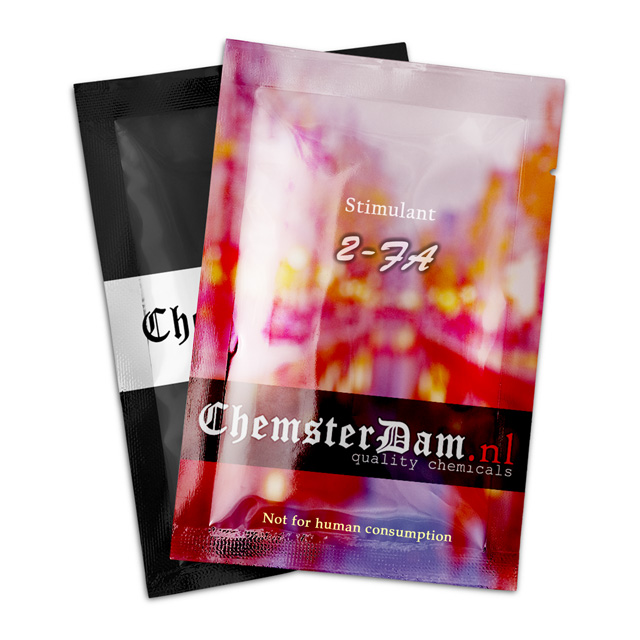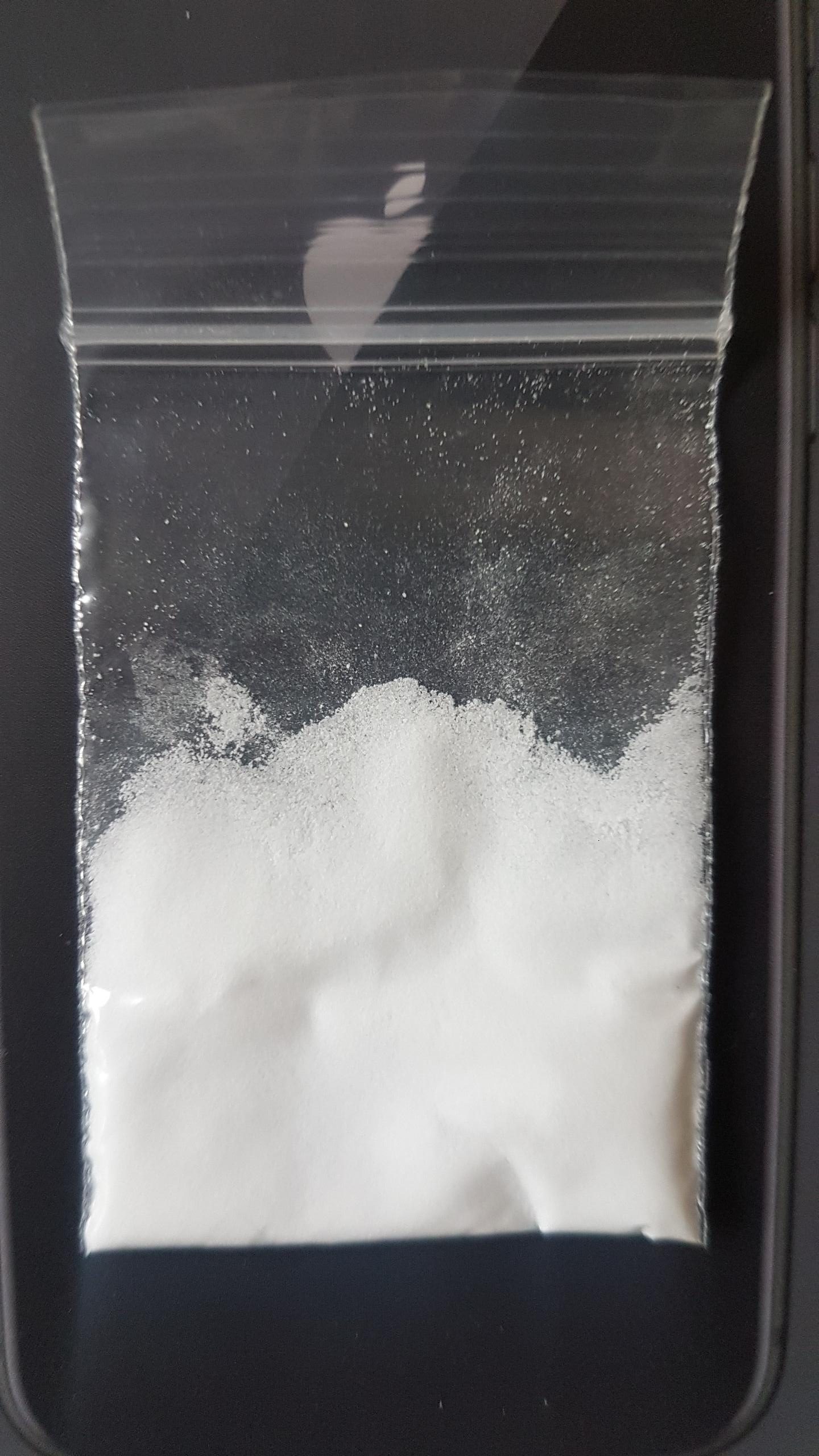| property | value |
|---|---|
| Common names | 2-FA |
| Substitutive name | 2-Fluoroamphetamine |
| Systematic name | 1-(2-Fluorophenyl)propan-2-amine |
| Psychoactive class | Stimulant |
| Chemical class | Amphetamine |
2-fluoroamphetamine (2-fa) is a synthetic ring-substituted fluorinated amphetamine compound that is commonly reported to be capable of producing classical stimulant effects that are often compared to those produced by dextroamphetamine in duration, potency and potential effectiveness as a study aid or productivity enhancer.
2-fa is one part of a series of modern designer fluorinated amphetamine analogs that includes synthetic compounds like 2-fma, 3-fa, 3-fea and 4-fa which are known for their range of stimulating and euphoric effects, many of which have been gaining popularity as research chemical substitutes for classical street stimulants. of these, 2-fa is considered to be most amphetamine-like in its core properties and effects.
it is commonly taken orally in line with the prescribed usage instruction of stimulants used to treat adhd. while capable of being taken via insufflation or vaporization, this has been reported to be highly unpleasant and toxic feeling compared to its parent compound. despite its popularity as a research chemical study aid, little is known about the potential toxicological effects that accompany its long-term use as a substitute for prescribed stimulants.
2-fa is rarely found on the streets, but sometimes sold as a grey market research chemical through online vendors.
chemistry
2-fa, or 2-fluoroamphetamine, is a synthetic molecule of the amphetamine family. molecules of the amphetamine class contain a phenethylamine core featuring a phenyl ring bound to an amino (nh2) group through an ethyl chain with an additional methyl substitution at rα (i.e. amphetamines are alpha-methylated phenethylamines). unlike its close analogue 2-fma, 2-fa does not contain a methyl group bound to the terminal amine rn of the amphetamine core, which renders it structurally and functionally similar to amphetamine. 2-fa is the 2-position fluorinated analogue of amphetamine.
pharmacology
although 2-fa has not been formally studied on the same level as traditional amphetamines, it is safe to assume that just like other substituted amphetamines with substitutions at similar positions (with the notable exception of 4-fa), it most likely acts primarily as both a dopamine and norepinephrine releasing agent. this means it effectively increases the levels of the norepinephrine and dopamine neurotransmitters in the brain by binding to and partially blocking the transporter proteins that normally clear those monoamines from the synaptic cleft. this allows dopamine and norepinephrine to accumulate within the brain to extra-endogenous levels, resulting in stimulating, motivating and euphoric effects.



LeonardH –
WesleyV. –